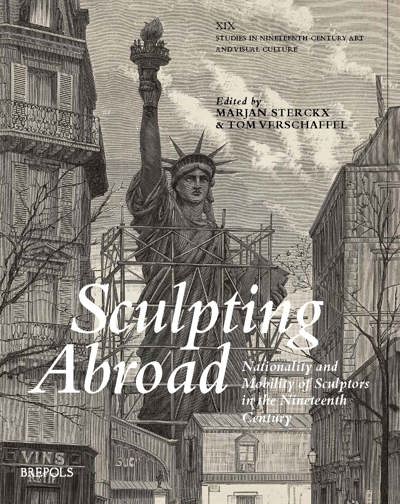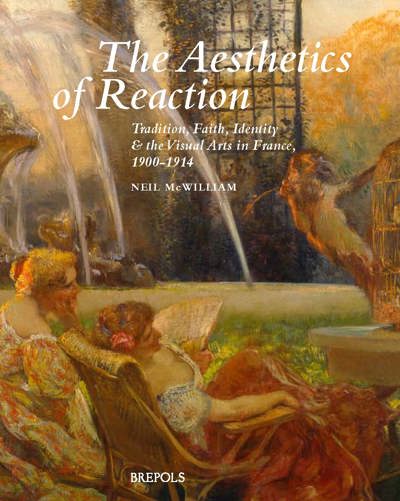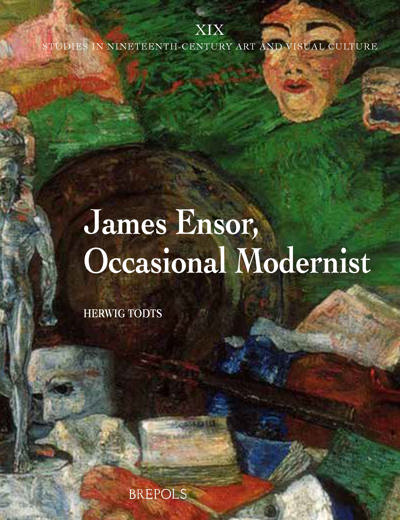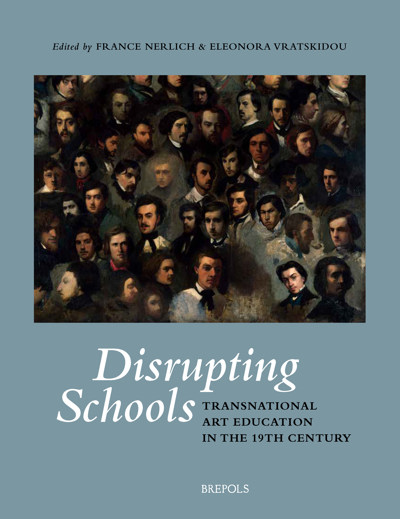
The Aesthetics of Reaction
Tradition, Faith, Identity, and the Visual Arts in France, 1900-1914
Neil McWilliam
- Pages: 376 p.
- Size:215 x 280 mm
- Illustrations:7 b/w, 80 col.
- Language(s):English, French
- Publication Year:2021
- € 135,00 EXCL. VAT RETAIL PRICE
- ISBN: 978-2-503-59157-5
- Hardback
- Available
This study focuses on anti-modernist artists, critics and political theorists in Belle Époque France hostile to secular democracy and its allegedly decadent culture of individualism.
“The scholarship and the academic apparatus are formidable. Facing the aesthetic politics of our own day it is just as well to re-face those of the past that formed us. In this sense it is a book for our times.” (Adrian Rifkin, in Art History, 46/1, 2023, p. 203)
Walter H. Annenberg Professor of Art & Art History, Duke University. Previous publications include Dreams of Happiness. Social Art and the French Left 1830-1850 (1993), Monumental Intolerance. Jean Baffier, A Nationalist Sculptor in fin-de-siècle France (2000), Emile Bernard: Les Lettres d’un artiste, 1884-1941 (2012) and Nationalism and French Visual Culture, 1870-1914 (editor, with June Hargrove, 2005)
This study focuses on anti-modernist artists, critics and political theorists in Belle Époque France hostile to secular democracy and its allegedly decadent culture of individualism. It examines their reassertion of social and artistic values which, they claimed, had been distorted and repressed by the 1789 revolution. Exploring the cultural implications of the Catholic revival, the impact of the royalist movement Action française and nationalist calls for a 'Renaissance française', it challenges previous assessments of nationalists' artistic agenda and recasts ways of thinking about classicism and the notion of a 'return to order' in pre- and post-war French cultural discourse. The book offers the first comprehensive overview of nationalism's impact on pre-war French art, which it complements with synthetic studies of three figures affected by these political and artistic debates: the painters Maurice Denis (Catholic revival) and Emile Bernard ('Renaissance francaise), as well as the critic Joachim Gasquet (Action française). In such a way, the book goes beyond previous accounts to highlight contradictions and complexities in pre-war artistic discourse that enrich our understanding of the ideological stakes involved in clashes over modernity, tradition and identity in pre-war France.
Introduction
« An Essential Part of Ourselves »: Culture, tradition and the French nation
Part 1: Scenes & Doctrines
Chapter 1. Idéologies of National Identity in the Third Republic
Chapter 2. Contending Traditions. Approaching the Past in Republican France
Chapter 3. Making French Art. Defining a National Culture before 1914
Part 2. Religion
Chapter 4. Representing Spirituality. Tradition, Beauty and Faith in the Catholic Revival
Chapter 5. Catholic Tastes. Religiosity, Aesthetics and Tradition in the Art of Maurice Denis
Part 3. Royalism
Chapter 6. Action française: The Experience of Centuries
Chapter 7. Joachim Gasquet: The Politics of Lyricism
Part 4. Renaissances
Chapter 8. Modernizing tradition: Towards a new French Renaissance
Chapitre 9. Émile Bernard: The Dogma of Tradition
Conclusion




